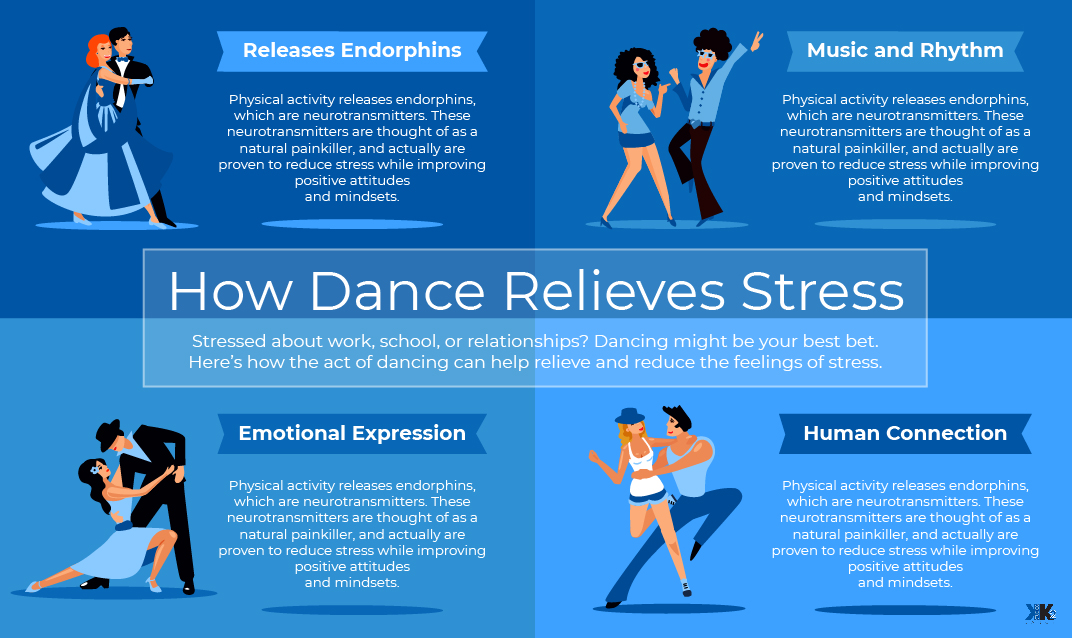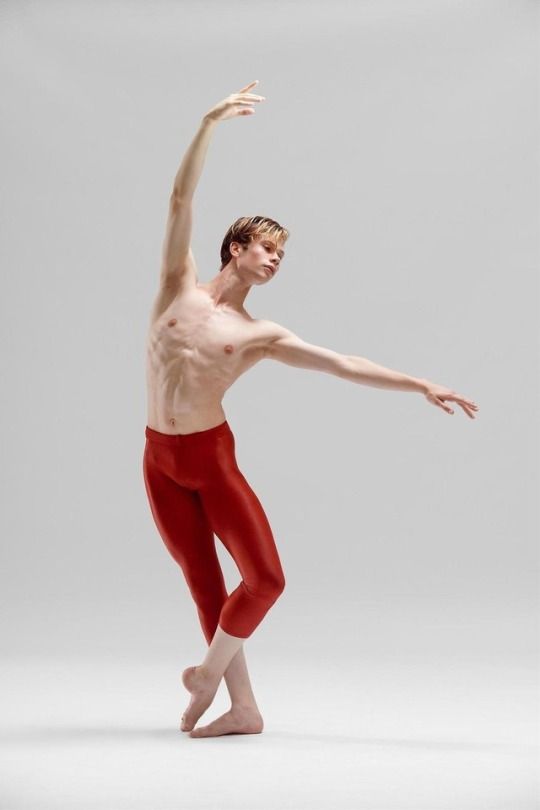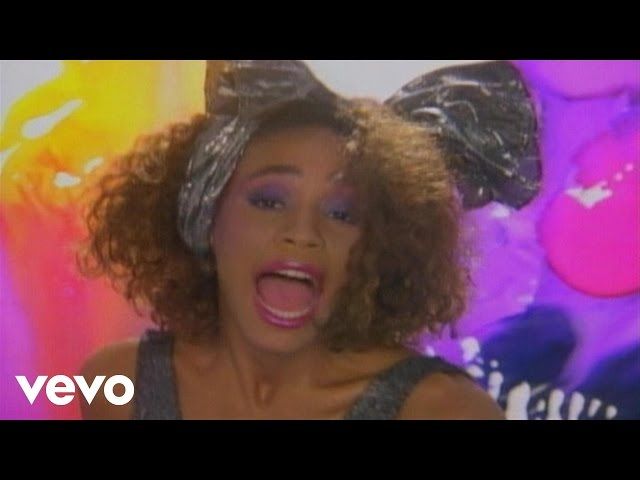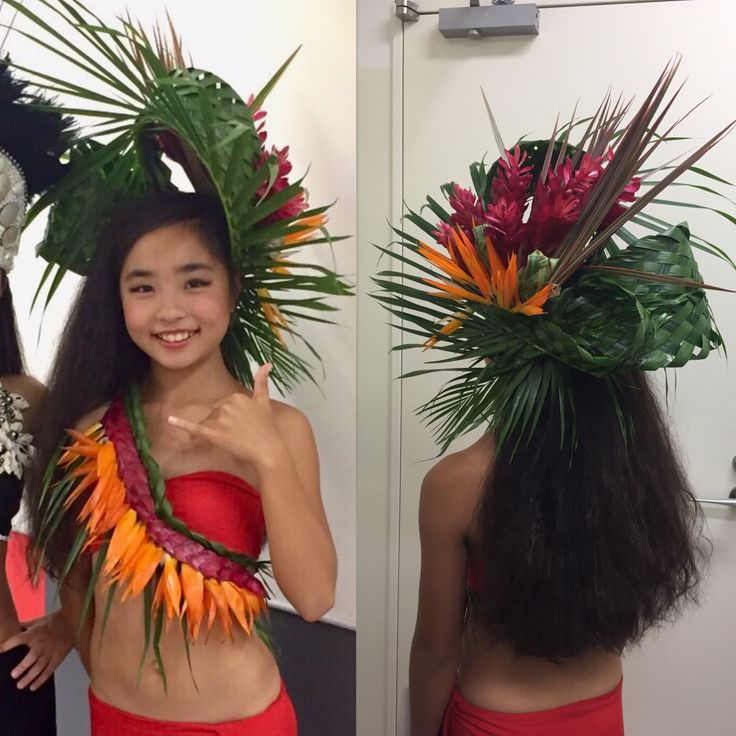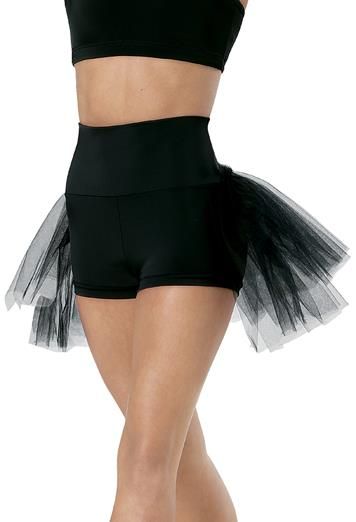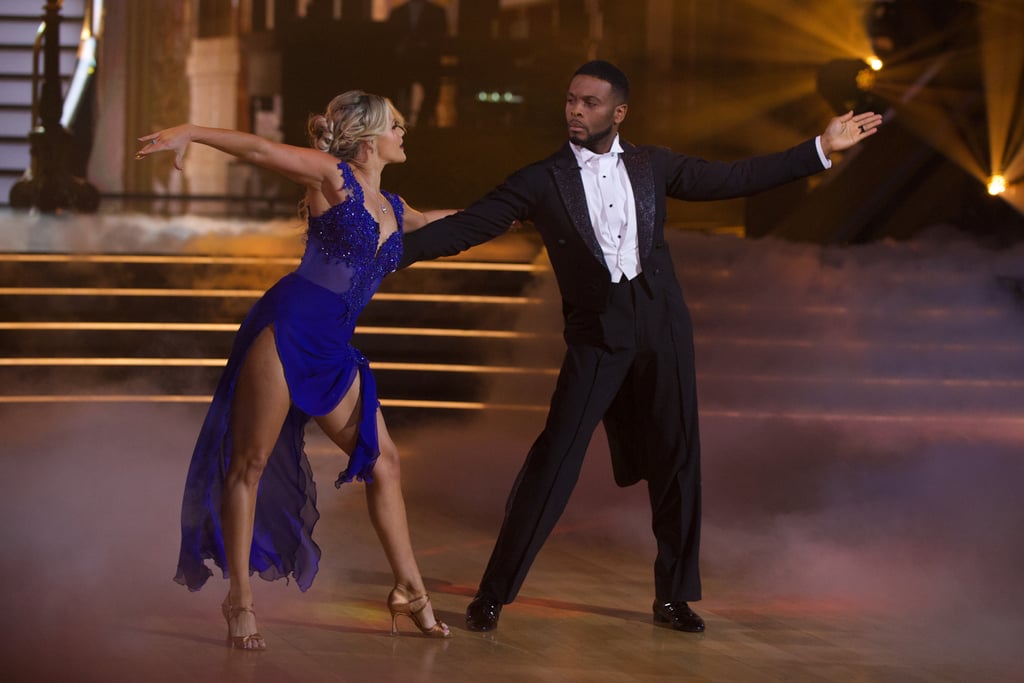How to make a dance portfolio for college
How to Create Your Portfolio as a Dancer for College Admissions
Present yourself well with these tips to build a great dance portfolio
You have always loved to dance, and being a dancer has been an integral part of your identity. Do you know that you can get your dance to represent you at the elite college of your dreams?
Your dancing abilities could very well be your ticket to a college seat you have been aspiring for.
All you need for it is a portfolio.
What Exactly is a Portfolio?
How do you make sure you have one that attracts the attention of the admissions team? Let's find some answers! What is a dance portfolio? Your portfolio is an essential part of your self-presentation as an artist. Portfolios are an opportunity for you to showcase compelling images and videos that best captures your training, talent, and preparedness.
Remember, a portfolio is NOT a CV because a CV tends to be shorter and more formal. While a performance portfolio tends to be comprehensive, includes more background information and images and videos of work you have done.
There is no correct template for a dance portfolio. All colleges have different preferences, and so do agents and your potential dance companies.
How to Start Compiling a Dance Portfolio?
A dance portfolio is your visual resume. It can be used to supplement an admission application, even getting selected for your dream college dance team. In short, it's a handy tool which you can use wherever you need to showcase your dancing skills and experience in a quick, easy way. You can’t just go ahead, throw together some clips on a phone app and call it your portfolio.
Here are a few things that you should start doing now.
1. Collect Your Dance Clip
Check your phone storage, dig up your hard drive and find all your best work from the past. Ask your friends who made the videos for you. Choreography, performances, concept videos, the works.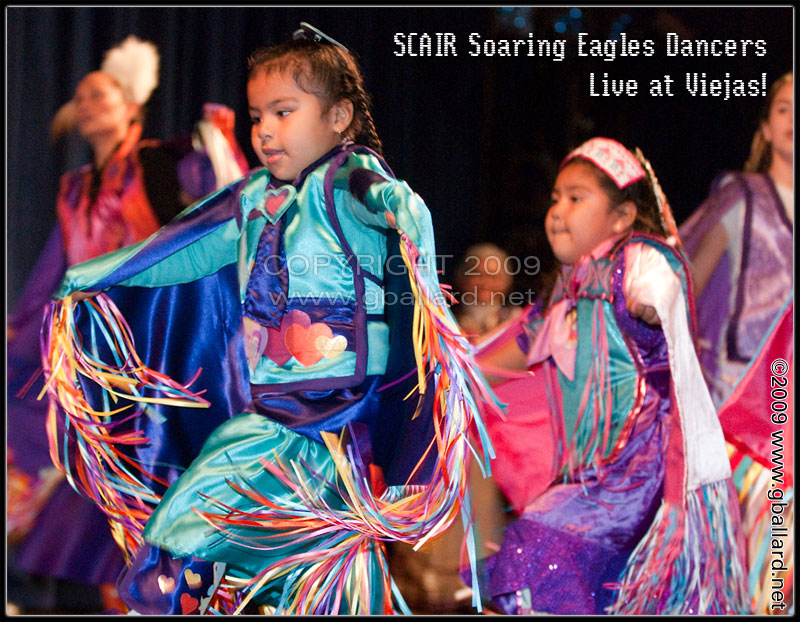 Recall all the details about each clip and compile it in one folder.
Recall all the details about each clip and compile it in one folder.
You may need some video editing help to trim down each clip to only the best, most relevant section. Remember to choose solos or the ones where you are in the center or very easily visible. Don't forget to check the quality of the clips too! That high school pep rally video shot on a camera phone? No way!
Also, remember to keep them short- under 10-15 seconds. Most colleges would not entertain bulkier files, and anything more than 5 minutes is undoubtedly going to bore them out!
Work out how you want to organize all this footage, start with your strongest and most recent clips. You must be able to hold people’s attention for the first few seconds.
2. Make it a Point to Shoot Extra Footage for your Dance Portfolio
It's not just about your past performances. Your dance portfolio must include a couple of clips prepared specifically for college application. You can either self-choreograph it or use a pre-choreographed number which you have performed in the past.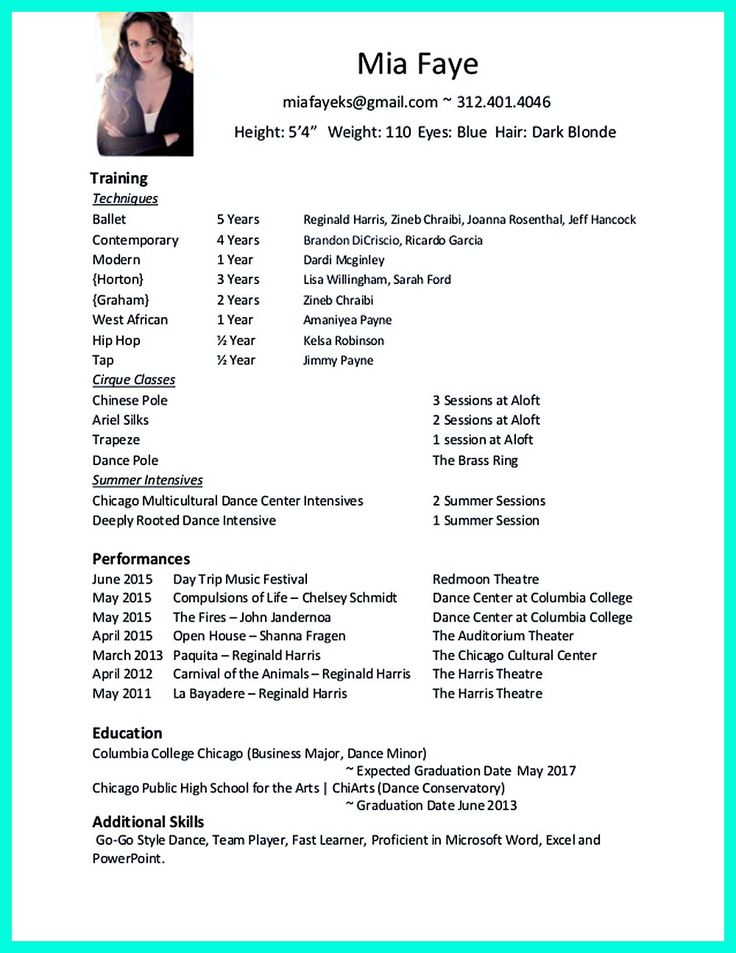 Record a new piece ( solo is the way) on a high-quality camera in a nice location- like your dance studio or a gym. Our tip is to speak with your instructor and choose a quiet time of the day. You can do it in the night if the studio has great lights and take the help of a friend.
Record a new piece ( solo is the way) on a high-quality camera in a nice location- like your dance studio or a gym. Our tip is to speak with your instructor and choose a quiet time of the day. You can do it in the night if the studio has great lights and take the help of a friend.
Combined with your past performances, this latest clip of your dance will showcase how much you’ve grown as a dancer.
3. Include Impressive Content
Remember to include credits to the original choreographer and also for the soundtracks. You can create a separate slide with these two details along with the description to be displayed before each clip in your portfolio.
Check out profiles of previous alumni of the college who have got selected because of their dancing portfolios-Understand what they did, and without being a copycat, create something that would appeal to the admissions team. Chances are, the admissions team is going to forward your portfolio to their dance faculty for evaluation. Make sure you have included some elements based on your research about the dance faculty. Our tip is to incorporate different features to keep your portfolio interesting. You may include some quick clips to upbeat music as well as a longer clip with more cinematic qualities in the mix to keep them engaged.
Make sure you have included some elements based on your research about the dance faculty. Our tip is to incorporate different features to keep your portfolio interesting. You may include some quick clips to upbeat music as well as a longer clip with more cinematic qualities in the mix to keep them engaged.
Relevant captions that won't distract from the dancing ( a separate slide or lower center or corner of frames) and including keywords shows your preparedness, professionalism, and experience as a dancer.
Make sure to include your Youtube channel or website details if you have some at the end of the video. This gives the evaluator a chance to watch more once you have got their attention the first time.
4. Get the Right Music
While you have the old videos of your performances where you can not do anything about the music, make sure that your latest video being prepared has the best music that elevates your performance. You must include a self-choreographed video clip.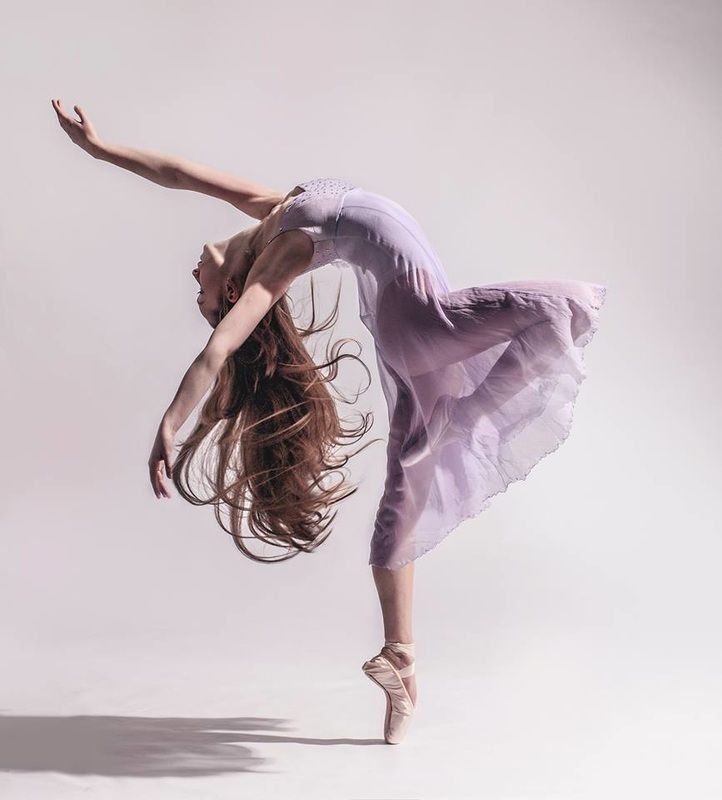 You will be dancing at your best when it is something original and composed by yourself. It also gives a chance to show your leadership qualities and risk-taking abilities as an artist and as a person.
You will be dancing at your best when it is something original and composed by yourself. It also gives a chance to show your leadership qualities and risk-taking abilities as an artist and as a person.
5. Make Sure to Include Some Photos
You can also add some photos tastefully- (introduce the title, choreographer and music credits on your headshot, for example) into your portfolio. A headshot, a staged shot or even some relevant performance shots are a great combination. You can add them in the clip, or you could save them as PDF documents(this ensures the formatting remains the same, and most uni’s don’t accept image files any other way) and include it along with your video.
6. Clothing, Hair, and Make-Up
Since you have already sifted through your past videos and selected the best of the lot, this tip is only for the video you would be preparing now. It is imperative, and evident that you look your best. Take some time to think about which dancewear will be most flattering, and which colors work best with your skin and hair tones.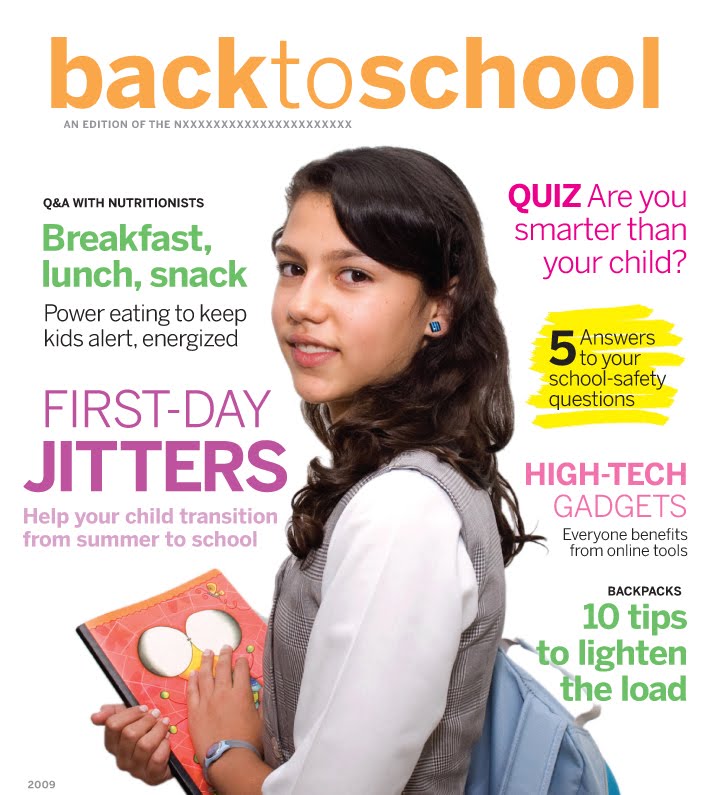
Do you let your hair loose or tie them up? Prepare as you would prepare for an actual on-stage performance. Use the right accessories and styling products.
Make sure you wear your best dancewear, for example, if you are preparing a ballet performance, make it a point to wear your best leotard and tutu set along with your ballet shoes.
Your make up should be enough to look your best in the lights that you will be performing in. Through trial and error, you can find what seems best. Remember, you may not have the same harsh lights as you would on a stage, and too much make up is worse than having no makeup at all.
Some Parting Tips that Might Come in Handy
- Before you record the video or go for a photo session, make sure you have practiced the poses that work best for you. The angle of your face, the stance, and minor details like the side of your hair partition all should blend to give a great shot.
- Practice with your dance teacher or your dance partner to make sure you have a second opinion on your poses, stance, and moves and to make sure your techniques are as perfect as they should be.
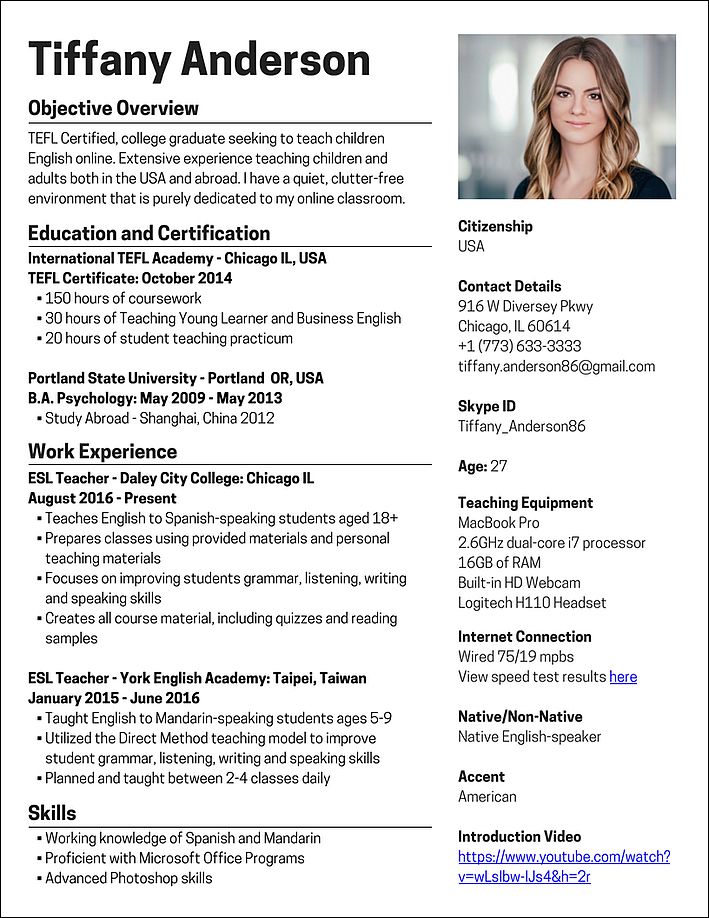
- Be honest. You don’t want professional videography with special effects on your dance portfolio. Your portfolio is only about your dance. By going overboard and spending a lot of money, you are just going to repel the admission authorities or prove that you are too desperate.
- Most dance teachers keep an open mind about the background and skill sets of the applicants. You may have tonnes of certificates of awards to back your claim, but if you do not have the openness, the desire to try new things and showcase your talent in the compact 5-minute capsule, you may not make the cut.
- Your resume is as important! Don't rely solely on your performance video; your CV will help provide a context to your dancing skills. Your training choices, affiliation to theater companies, high school dance teams or studios also comes into the picture.
- If there are two dancers with similar dance portfolios to choose from, the one with higher SAT scores will be given preference.

Your portfolio is a 5-minute window to your personality. You may or may not major or do a minor in dance once you are granted admission, but your dance portfolio will surely help you make heads turn and capitalize on your skill set as you make it to your dream college.
4 Tips to Building Your Professional Dance Portfolio
Are you thinking of dancing professionally or in college? If you are, now is a good time for you to put together the pieces for your dance portfolio. Your dance portfolio can be a helpful tool in finding your first professional dance job, so thinking about what to add into your portfolio is important. Read on for important tips on what to include in your dancer portfolio.
Here are 4 tips to easily build your professional dance portofolio:
- Professional photographs
- Dance résumé.
- Business cards and video footage
- Important supplementary materials.
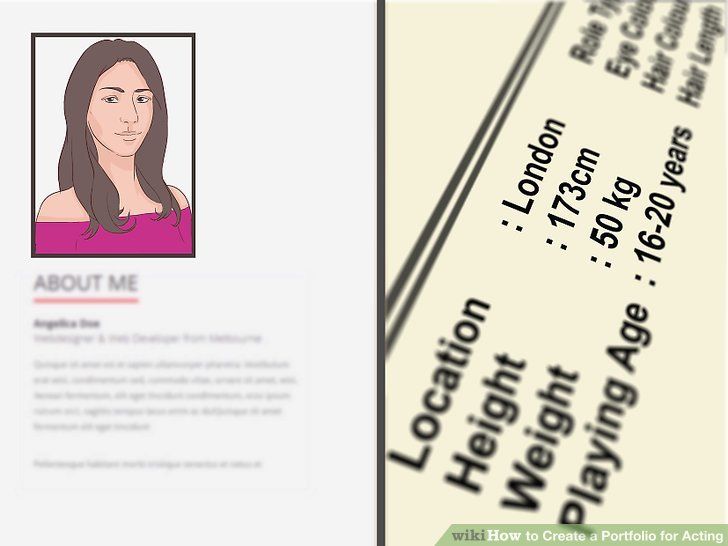
Let's go a little deeper in for each one of them.
- Professional photographs. Decide which types of poses work best for your body and display your strengths. You want to demonstrate impeccable technique so make sure you have someone help you perfect that technique prior to your photo shoot. Also, you might be applying for multiple types of dance jobs, so be sure to show a breadth of dance styles.
- Dance résumé. Write a professional résumé highlighting your dance career and training to date. If you haven’t danced professionally yet, make sure to focus on what you’ve done to get ready to be a professional dancer. Include awards, camps, and intensives in which you have participated. Make sure this document is well-written and professional.
- Business cards and video footage. Have a professional business card ready to go inside of your portfolio and have a hard copy or an online link of your dancing.
 Remember that this should be the best of what you can do. You want to choose something that showcases your skills and a dance that you have choreographed.
Remember that this should be the best of what you can do. You want to choose something that showcases your skills and a dance that you have choreographed. - Important supplementary materials. Find documents that show what you’ve accomplished thus far in the dance world. Put in playbills featuring you, awards you’ve won, certificates of accomplishments and/or commendations, and letters of recommendations from your supporters. All of these “extras” will help the directors see more of you than just what is on the stage.
A well thought out and presented dance portfolio can help you land the job. Keep these 4 things in mind when you are building your portfolio!
Posted
in
Encourage
category
More Than Dancers
View Posts
Post Tags:
Dance after high school
Dance lessons
Your teacher wants you to know
4 More Fall Festivals Around The World
1
min read
4 Fall Holidays Around The World
1
min read
8 More Quotes To Keep You Motivated
1
min read
Dancer Things: Part 3
1
min read
Join Our Newsletter and Get the Latest
Posts to Your Inbox
Thank you! Your submission has been received!
Oops! Something went wrong while submitting the form.
How to create a portfolio for admission
<
A portfolio is a folder in which a graduate collects evidence of his success in studies, science, creativity, sports and social life. For individual achievements in various fields, universities award additional competitive points to applicants. It happens that it is points for individual achievements that play a decisive role and the one who bothers to collect a portfolio passes through the competition for the budget. We tell you how to arrange a folder of individual achievements of an applicant for a bachelor's or specialist's degree.
How many points are given for achievements
Universities themselves decide which achievements to take into account and which not. Therefore, graduates need to carefully study the documents in the section for applicants on the website of the selected university. We collected links to the necessary pages of top universities:
Moscow State University.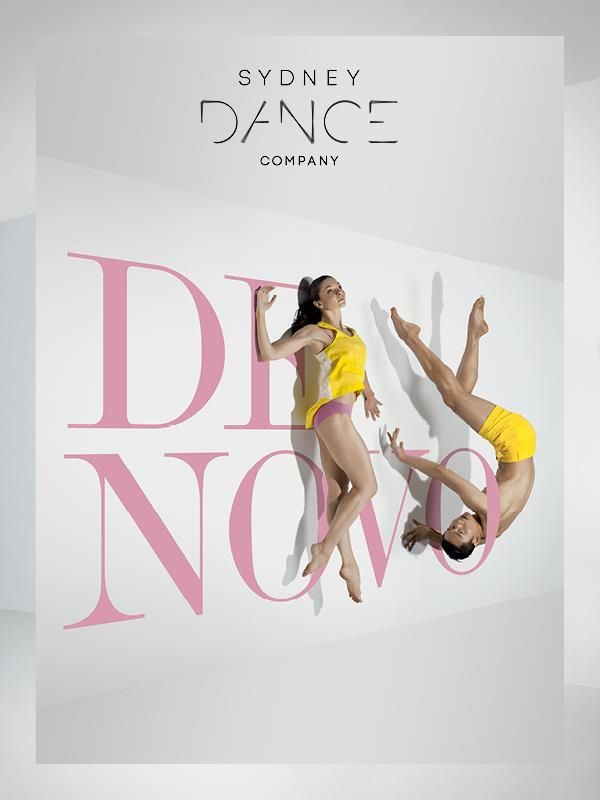 Lomonosov — Admission Rules (pp. 15–16)
Lomonosov — Admission Rules (pp. 15–16)
0003
St. Petersburg State University - a list of individual achievements of applicants taken into account when accepting for training
for basic educational programs of undergraduate and specialty
¾
MGIMO - Rules for admission to the Ministry of Issues of the Ministry of Foreign Affairs of Russia in 2021 (paragraph 2.4)
9000 °RSGU - The procedure for accounting for individual achievements
MIPT - The procedure for accounting for individual achievements
Usually, in total, individual achievements are estimated at no more than 10 points and are added to the points that the applicant received at the Unified State Examination and DWI.
General recommendations
Resumes and collection of documents should be compiled taking into account the requirements of the university. If an applicant is applying to four universities, he will need four separate portfolios.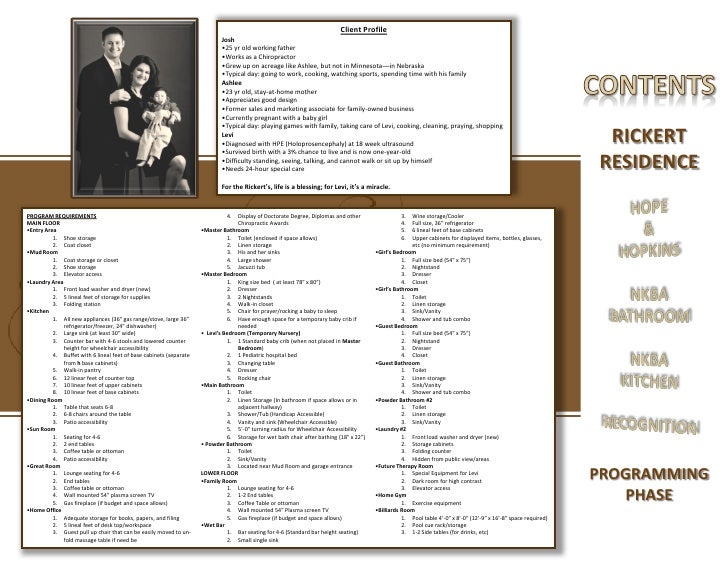
Applicants of art specialties, when submitting documents, must demonstrate work on the profile of entrance examinations, for example, drawing, painting, composition. These works have been accumulated over the past years in art school classes, preparatory courses or independent work. The best samples should be carefully stored, and if the teacher has them, you can ask them to give them out at the time of admission.
<
Applicant's CV Image: Aigul Gabdullina / Dribbble
It is convenient to collect portfolio materials in a folder with 10 sheets of sheets. The first page of the portfolio should contain brief information about the graduate:
- Last name, first name and patronymic.
- Date of birth.
- Last place of basic education (school number and locality).
- Data on additional education .
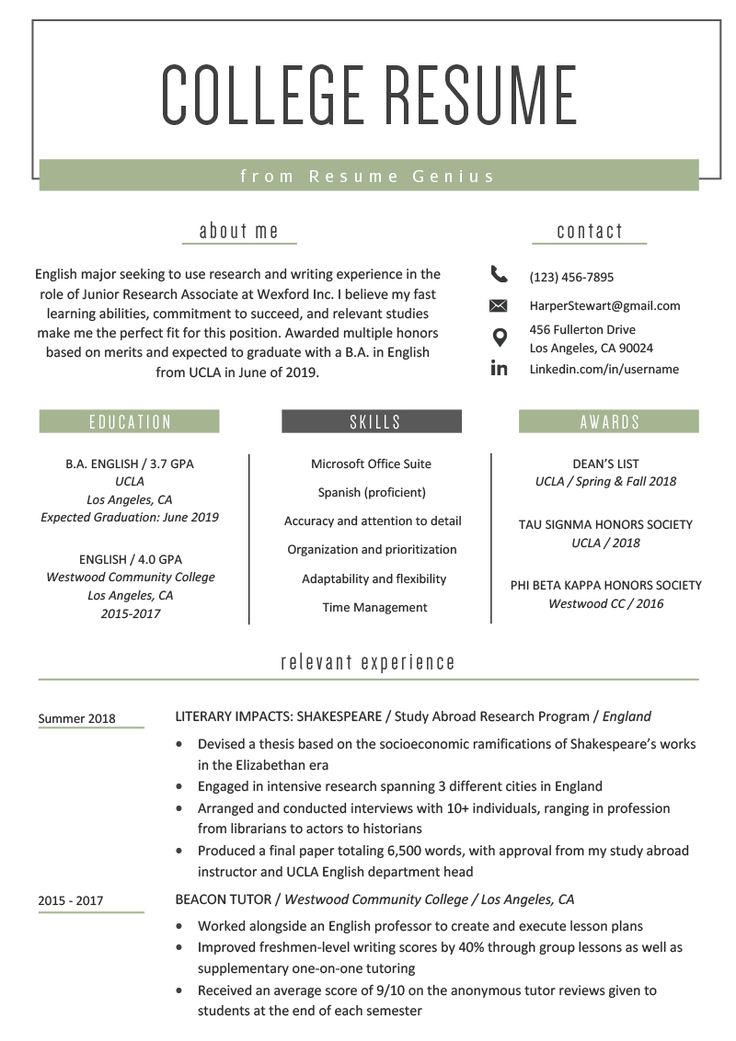 For example:
For example:
MBUDO DShI No. 12 of the city of Novosibirsk, flute department 2010–2018, MBU “Youth Center”, Norilsk, course “Fundamentals of Journalism”, 142 hours, 2018–2019.
- Information about social activities . For example:
participation in the social project "Safe Crossroads" for first graders, September 2018;
performance at the regional festival "KVN", April 2017; organization of the volunteer action "Open Hearts", December 2016.
- Achievements . It is necessary to briefly list the outstanding achievements in the profile of the university. The selection committee of the medical university is unlikely to be interested in victories in break-battles, and at the Moscow Institute of Physics and Technology they will not be able to appreciate satin stitch embroidery. It is better to mention speeches at scientific and practical conferences, participation in robotics championships and volunteer practice at specialized events.

<
Certificates, diplomas, recommendations
Each portfolio document must support the information that the graduate mentioned in the resume. If it says that you have graduated from art school, you must attach a copy of the certificate with grades. If the delivery of the TRP standard is mentioned, then a copy of the certificate of awarding the VFSK TRP distinction.
Certificates with the results of olympiads and training courses, diplomas of winners and prize-winners of olympiads, scientific and creative competitions, sports competitions should be scanned and, if possible, put color copies in the portfolio. Bright documents attract attention and are easier to read, while among the same gray sheets you can get confused.
The review of the supervisor of research work or the curator of a public project must be issued in advance: it must be signed with the decoding of the last name, first name and patronymic, as well as the seal of an authorized organization, for example, a school or a House of Creativity.
Publications
It makes sense to attach copies of publications in paper and electronic media, screenshots and photographs with captions separately. If the student, based on the results of the study, published a work in the collection of the scientific and practical conference, you should attach it and indicate the year of publication. Photo reports from research, creative, sports or volunteer projects can also be included in a portfolio.
Volunteer projects
To confirm their participation in volunteer activities, students start volunteer books. Such a book can be kept online or printed and collected in a paper version. The main thing is to register on the Rosmolodezh website and enter your id - individual number - in the book.
Each action or project is entered in a separate line indicating the period, place of practice and the number of hours worked. The head of the volunteers certifies the entry with his signature and seal of the organization.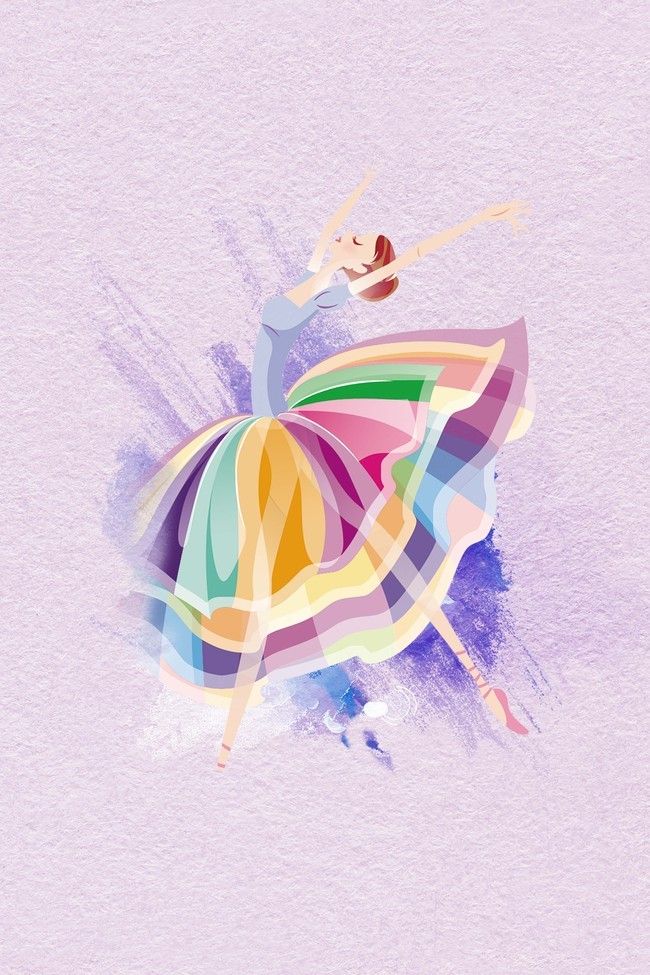
In addition to entries in the volunteer's book, you must provide several photographs of the applicant from the scene. You can attach an essay - an analytical essay in which the graduate comprehends and evaluates the experience of volunteering.
Art majors
An applicant's portfolio of architecture and art majors will not fit into the folder inserts. In addition to documents in A4 format, you must attach the work of a young artist.
Etudes and drawings show how ready a graduate is for entrance examinations. Diplomas of the winner or prize-winner of narrow-profile and well-known All-Russian Olympiads will also come in handy.
Image: Aigul Gabdullina / DribbbleIt is worth bringing drawing, composition and painting to the selection committee. If you have to draw a plaster head or a still life during the entrance examinations, you can apply works of precisely this content.
The artist's portfolio must be submitted on separate sheets in expanded form. In no case in a tube and not in a roll. Ideally, the work should be framed or framed.
In no case in a tube and not in a roll. Ideally, the work should be framed or framed.
If there are few worthy works, it is better to show 3-4 best examples than to bring drawings of a low level of skill.
Things to remember
1. Even one decisive score is worth building a portfolio.
2. Be sure to check on the website of the university which achievements give additional points upon admission.
3. If an applicant submits documents to several universities, each should prepare its own portfolio.
4. All materials (except for creative works of artists) must fit in a folder with 16-20 inserts.
5. The abstract should not exceed one page.
6. It is better to print copies of certificates, diplomas and certificates in color.
7. To confirm volunteer activity, you will need a volunteer booklet, as well as the stamp and signature of the practice leader.
I want to pass my exams without stress
Five simple techniques and exercises to help you calm down and not go crazy during your preparation.
media-check-list-exams
I accept the terms of the agreement and privacy policyDone!
Download here
Get the guide
Oh! Something went wrong. Try again
What is a portfolio and why is it needed not only in creative professions? We understand the points for the individual achievements of applicants, collect resumes and prepare for admission responsibly.
How to make a portfolio for a student - SibAC
In accordance with the law on education and the requirements of the Federal State Educational Standard, each student at a university or technical school is required to maintain a personal student portfolio, which reflects all the results achieved.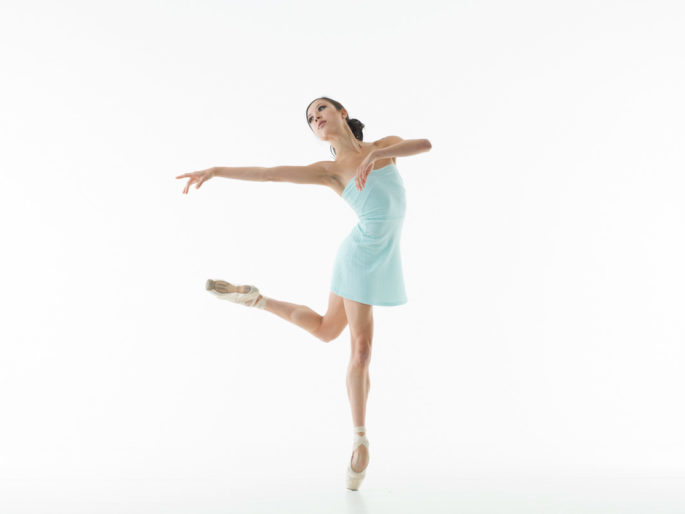 This is done to increase the objectivity of evaluating individual achievements and the convenience of recording them.
This is done to increase the objectivity of evaluating individual achievements and the convenience of recording them.
Why keep a student portfolio?
Every active and successful student dreams of building a professional career and achieving certain results in his work. One of the steps to this is correctly selected and presented to the employer information about yourself, including the acquired skills, achievements and acquired skills.
That is why it is necessary to collect it as early as possible, starting from the first year, and combine it into the student's portfolio. It means a file folder containing all documents and other confirmed materials that testify to the student's academic, social, personal, sports success.
Aggregated data in the aggregate is one of the tools for assessing learning outcomes. Such a folder with information for students in creative and applied specialties is most effective.
The main goals and objectives of the student's portfolio, formed at the early stages of education, are as follows.
- Provide accumulated individual results, by which it will be possible to easily evaluate the formed general and professional competencies.
- Track your own dynamics in the development of personal development as a specialist.
- Make the learning process as individual and differentiated as possible.
- To form and improve the skills of goal-setting, organization and planning.
- To promote the development of reflective and evaluative skills.
As can be seen from the above points, this document allows you to collect all the necessary information without missing any event for all the years of educational activity. This allows the graduate to further successfully promote himself in the labor market and present his candidacy from the most favorable side in employment. In addition, the accumulated material is easy to use in the future for writing a resume.
A student's portfolio can be completed both in paper and electronic form.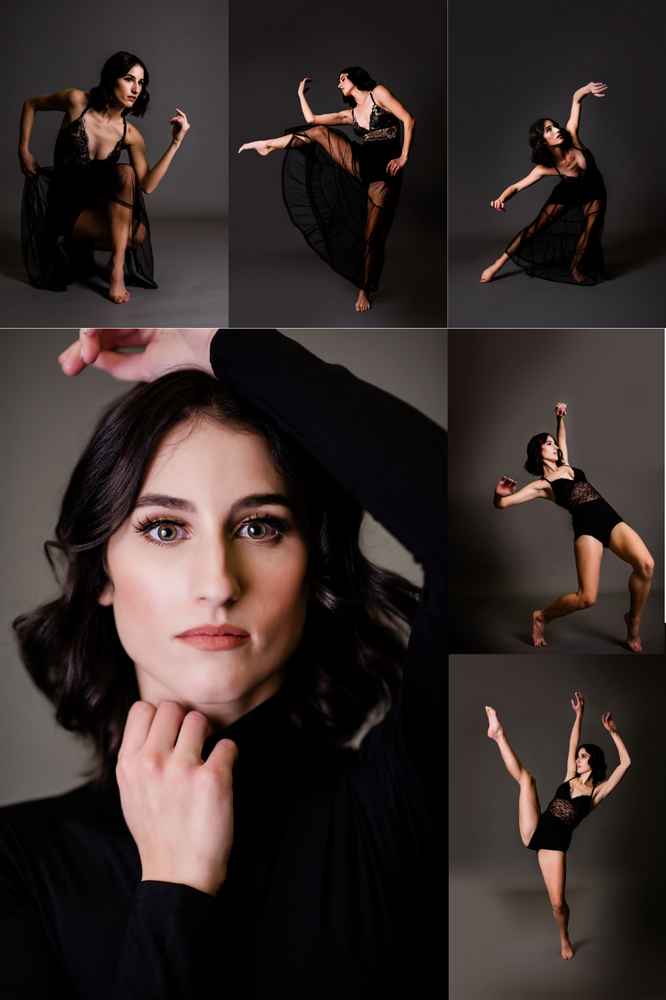 It should be structured, which is done for easier perception of information, regardless of whether the document has the form of a presentation, a set of documents or a report, accompanied by various official papers.
It should be structured, which is done for easier perception of information, regardless of whether the document has the form of a presentation, a set of documents or a report, accompanied by various official papers.
Structure
If there is no clearly recommended plan and sections that are developed by the educational institution, you need to think over them yourself. The structure of the student's portfolio should be consistent with the standards for the design and maintenance of such official papers. Perhaps for each student it will be different depending on the available personal developments.
Typically, the general content of a student's portfolio includes the following sections:
- cover page (sheet) is made for both printed and electronic portfolio of the student. It should contain a photograph, the full name of the student, the name of the educational institution and specialty, as well as contact information - phone and e-mail;
- introduction.
 Here, the goals and characteristics of the graduate's activities in accordance with the specialty are displayed without fail;
Here, the goals and characteristics of the graduate's activities in accordance with the specialty are displayed without fail; - general information. Information includes personal and contact details, as well as the chosen educational trajectory;
- portfolio of documents. Achievements in the main and additional educational programs are recorded here. Results of creative, research and social activities;
- portfolio of works. This includes feedback from teachers, reviews of certain types of work, grants received, diplomas for participating in competitions, and so on;
- links to publications of scientific articles in a student journal;
- portfolio reviews. This includes characteristics, thanks, recommendations from places of internship;
- reflective portfolio contains essays, letters of recommendation and student self-assessment materials.
How to draw up a student's portfolio?
In order to obtain a quality document, a student must adhere to the following rules and recommendations when compiling a portfolio:
- keep records regularly;
- be sure to indicate the dates, for example, when an award was received, a certificate was received or participation in an event was taken;
- to enter all kinds of information that even seem insignificant at the moment.
 No student will know for sure what he may need in the future.
No student will know for sure what he may need in the future.
Naturally, stylistic and spelling errors, as well as inaccurately reflected information, are not allowed.
It is important to take into account that if maintaining a student's electronic portfolio is mandatory and prescribed by the charter and regulatory documents of an educational institution, then each student should be provided with a platform for posting relevant information. Responsibility for filling lies directly with the student.
Student's curriculum vitae for portfolio
This document includes:
- Full name. If the student changed her surname due to marriage, this fact must also be indicated and the relevant documents confirming this must be attached;
- date of birth, place and citizenship;
- which educational institution was graduated before (at the previous step of study). Attached is a photocopy of the diploma or certificate received;
- data on all titles and awards - in the form of copies of documents;
- information about the degree of knowledge of foreign languages.
 If there are any documents confirming this, for example, courses, a passed TOEFL exam or any other, the corresponding official paper is attached;
If there are any documents confirming this, for example, courses, a passed TOEFL exam or any other, the corresponding official paper is attached; - information about existing hobbies and achievements;
- actual place of residence;
- the date of writing, accompanied by a signature and a transcript of the initials.
Essay about yourself for student portfolio
In order to correctly compose an essay, it is necessary to assess the motives and reasons that led to the choice of a particular profession. Emphasize why they chose this specialty, and focus on the main goals that are planned to be achieved when completing their studies in the educational program.
It is written, as a rule, in an emotional way. Therefore, here you can give mottos for a student's portfolio, which will reflect the internal state of a person, his motivation and goals set in life and career.
Issued according to certain requirements:
- volume - up to 2 pages;
- thoughts are stated briefly and clearly;
- the ability to defend one's own position is important;
- in structure should include an introduction, main body, conclusion;
- if citation is used, then this is done according to all the requirements for such a presentation of the material;
- As a rule, generalized topics are chosen for the essay, for example, “Awareness of oneself in the profession”, “A look at one's future”, “I am in society”.
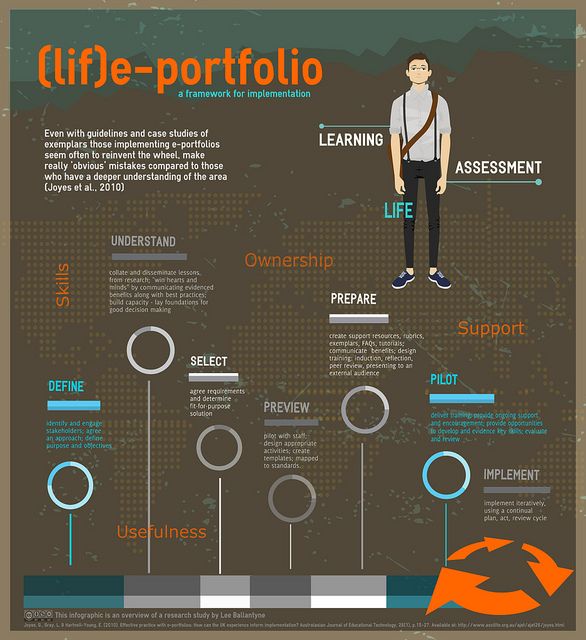
Evaluation criteria
The implementation of any activity is always associated with evaluation. Moreover, it can be carried out both by third parties (teachers, experts, judges), and by the student himself as a certain criterion for self-assessment.
The following performance measures are applied.
- For documents in the portfolio, credibility, reliability of information, the level of student participation in the event (within the institution, held in the region, across the country or internationally) are evaluated.
- For works - compliance with the structure, content, design. The completeness, breadth, creativity, quality and culture of the design of the submitted works are also evaluated.
- In relation to feedback, it is important to determine the presence of positive characteristics, opinions, ratings and reactions from teachers, practice leaders, mentors and other persons associated with training.
- For a reflective portfolio, it is important to have introspection of personal activities with various rational methods and techniques.
